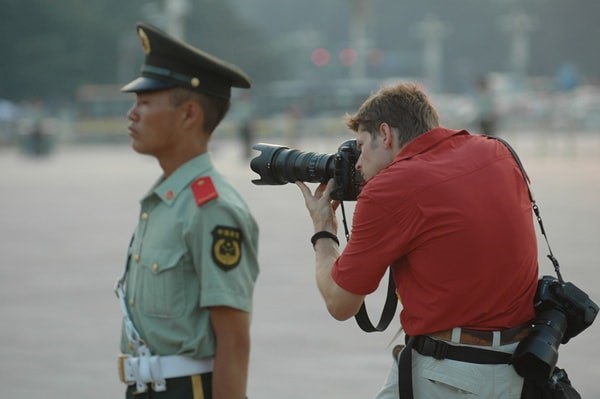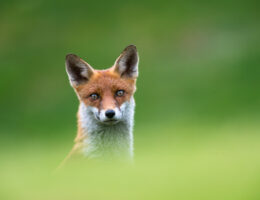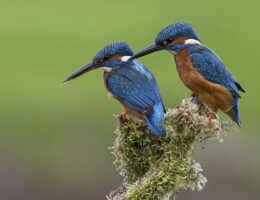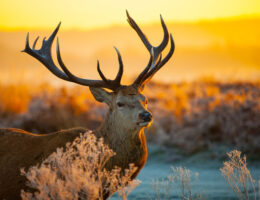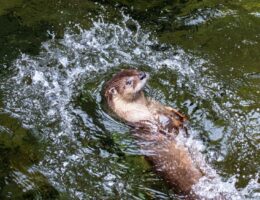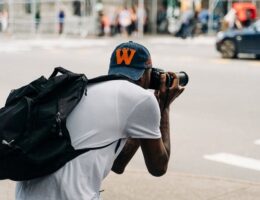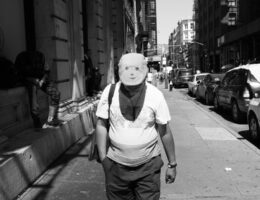IRAN ART EXHIBITION: WHAT ARE THE CHARACTERISTICS OF PHOTOJOURNALISM?
Described in simple terms, photojournalism is a branch of photography that uses photos or images to tell a story. A person who practices photojournalism is called a photojournalist. His photos come out in newspapers and magazines, as well as in non-traditional visual media like websites or blogs.
In some cases, photographers work with a journalist or writer assigned to the news beat. This means that the photographer takes photos related to certain news stories while the journalist takes care of writing the details of the events.
Many photojournalists, however, work on their own. Their works are often published as stand-alone features in newspapers and magazines. Photo blogs are also an important medium for these photojournalists.
Characteristics of Photojournalism
Photojournalism has qualities that make it different from other branches of photography. These factors help photojournalists come up with images that stir the mind and touch the soul.
1. Photojournalism is relevant.
The main objective of photojournalism is to tell a story better than the text or write-up that usually accompanies the photos. Therefore, it should capture images that have meaning or relevance to the story being told.
For example, a story about a mother reunited with her daughter after being apart for 20 years will be more effective if it is accompanied by a photo showing them rushing into each other’s arms.
2. Photojournalism is timely.
Photojournalism should tackle current issues. It should feature something that’s on the news, or something people are talking about. This will make the images more interesting to the audience or reader.
IRAN ART EXHIBITION: After her triumph in the London Olympics, for example, numerous photos of US gymnast Gabrielle “Gabby” Douglas in action were spread throughout the Internet. These photos were accompanied by short descriptions of how Gabby captured the attention of the crowd and the judges. The images helped people from different parts of the world to experience her victory and celebrate with her.
3. Photojournalism is objective.
Photojournalism is not biased. It does not take sides. Therefore, the images should accurately show events as they are. Some photographers, however, argue that to be completely objective is quite difficult. According to them, the term “honest” is more appropriate in describing photojournalism. No matter what a photojournalist believes in; whether he prefers to be objective or honest, the most important thing is for him to present the images as is.
The secret is not to force the situation. For example, a photojournalist shooting a burial scene should not force his subject to shed tears because he wants to create a dramatic effect. Real emotions are captured candidly.
4. Photojournalism is narrative.
Photojournalism works best if it is presented as a narrative. The photos should come with a short write-up or article stating important facts about the incident or event. It should tell a story.
For example, a photo that shows two little girls lifting a small box of old clothes tells a clearer story than one that shows a box marked with “Old Clothes”.
5. Aesthetically Interesting
Photojournalists follow certain photography principles that are intended to help them produce photos that catch the attention of different audiences. Photos with the right focus, angle and color will attract more people than those that come out blurry or unfocused.
Different Fields of Photojournalism
IRAN ART EXHIBITION: If you are a serious photojournalist, you should be flexible enough as there are several photojournalism fields that you may be assigned to.
• General News pertains to any event that is planned ahead of time. Examples are press conferences, product launch ceremonies and fund raising dinners.
• Spot or Breaking News – refers to any event or incident that is unplanned. You don’t know where or when it will happen, and sometimes, it shouldn’t even have happened! Examples: a house or building fire, a burglary or a car accident.
• Documentary Photojournalism – this refers to long term photography projects like trailing a candidate during the campaign period or documenting the life of an orphaned child.
• Sports Photography – the most action-packed side of photojournalism. You can take photos of any sport: a basketball game, a football championship match and even a special Taekwondo tournament.
• Portrait Photojournalism – this is not your typical portrait photo. In photojournalism, portrait shots involve significant members of the community shown in their usual environment, like a race car driver beside his car, a doctor inside the operating room or the US President in the Oval Office.
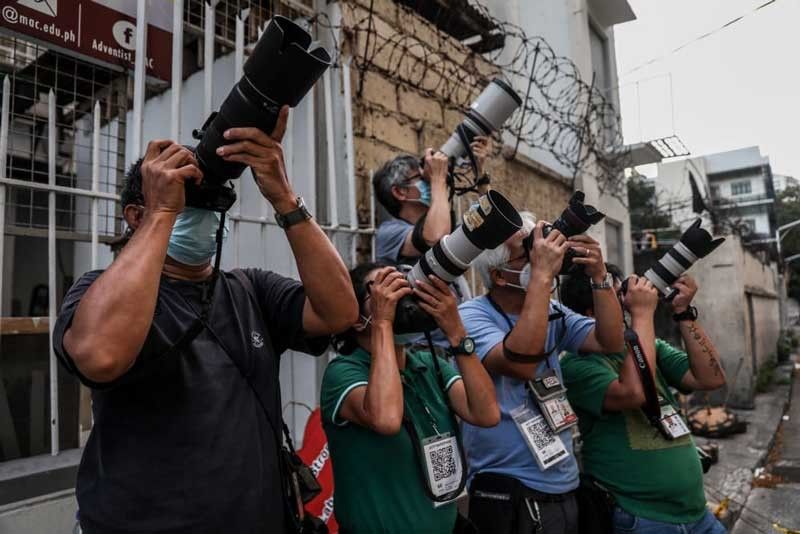
Basic Photojournalism Tips
IRAN ART EXHIBITION: Even if you’ve been taking photos for years, you cannot be called a good photojournalist if you do not know the basic rules of the practice.
1. Good photos tell a story better than the text that comes with it. And in order to tell a story, your photos should have the following elements:
1. humans or people
2. emotions, i.e. facial or non-verbal expressions
3. action
4. something extraordinary or unusual (like a blind father braille-reading a story to his kid)
2. Your photos should focus on the faces of people, not on their backs or the backs of their heads. Take photos of people in action; of people doing things. Avoid taking photos of people shaking hands or handing out awards as these tend to bore the audience.
3. Make sure that your subject is always in focus. Know what your central subject should be. For example, when taking photos of people stranded because of a storm, your focus should be on the people, not on the torrent of rains. If you want to focus on the rain, your story should be about the storm, not the stranded people.
4. Think twice or thrice before deciding to take photos of naked people. This practice can be quite tricky as the photos might be misinterpreted by some groups or individuals. Study the circumstances first before taking the photos. For instance, when doing a story about bare-chested native women, you need to determine first how to take the photo in a manner that won’t come out offensive, or in a way that can be interpreted as gratuitous. Ask yourself if the nudity can really add something to the story before making a decision.
5. Finally, always take note of the angle of the shots you are taking. To make sure that you choose the right angle, take a couple of shots in different perspectives. This is similar to what film directors do when they want to capture the scenes of their movies in different points of view.
Photojournalism is an effective way of telling stories and disseminating information to a diverse group of people. Compared to texts or plain articles, photos are more attractive. People are drawn to them because the images are colorful and interesting. Best of all, photojournalism works because it does not rely only in words and phrases; photographs paint real pictures of events and emotions.
